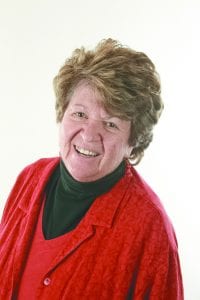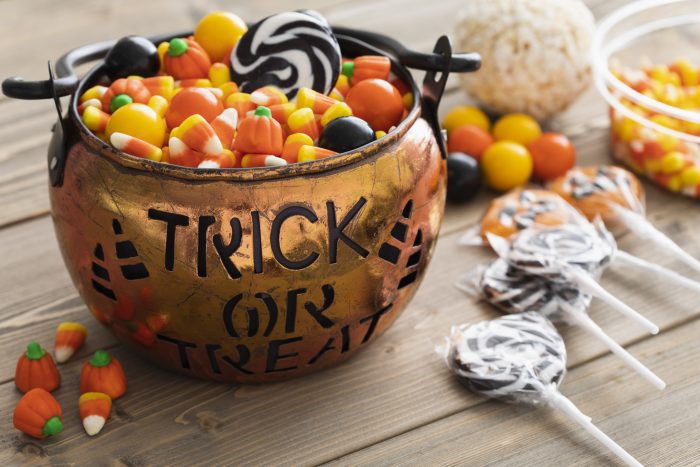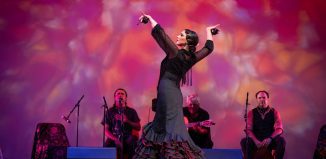Between You and Me: Who’s afraid of haunted houses and monsters?
By Leah S. Dunaief

Publisher
As much as I regret saying this and disappointing my enthusiastic friends, I don’t much care for Halloween. Yes, I admire the creativity that goes into the decorations, the costumes, the stories and the efforts to make great parties. I also like the candy. But there is an undercurrent of something uncontrollable about the holiday, almost as if it is a license that day to egg a garage or knock down a mailbox. The Trick-or-Treat slogan makes me uneasy.
Maybe this is the result of having had those minor but annoying experiences. How many of us, when the next day dawns, look around to see if there is any graffiti on our houses or flat tires on our cars?
I have dear friends who dress up in clever costumes and become those characters for a few hours. It’s fun for many of us, children and adults. My all time favorite was when my friend, John, came as a toilet bowl. And it actually flushed. I love to see small children running through the neighborhood as Batman or Spock, imaginations at play. They tightly clutch their bags of treasure, eyes wide with wonder at being handed treats by someone in the doorway of every house on the block. And it is a chance for costumed adults to play at being children again.
So I guess I have what are called “mixed feelings” about Halloween.
I am not alone in this. There are others who, in the extreme, actually fear the holiday. That fear has a medical term: samhainophobia. Here is the professional definition. “People with this specific phobia feel anxious when they think about or experience anything to do with Halloween. Many people with samhainophobia (sam-HI-noh-phobia) have gone through a past traumatic situation related to Halloween. Exposure therapy, cognitive behavioral therapy and hypnotherapy can help overcome samhainophobia…Such anxiety can be caused at the thought of Halloween parties, symbols such as ghosts and spiders and trick-or-treating.”
Symptoms, ranging from mild to extreme, can include dizziness, intense sweating, pale skin, panic attacks, rapid breathing and heart rate, strong feeling of terror, nausea and trembling or shaking. For children who are so triggered, avoiding the dark, not wanting to go to school on Halloween, even not wanting to sleep by themselves can be manifestations of this anxiety disorder.
Samhain comes from the Celtic festival first celebrated by the druids some 2000 years ago. The Celts lived primarily in what is now Ireland, the U.K. and northern France, and they believed that on October 31, the living mingled with the dead. That was the night before the Celtic New Year. The festival included large bonfires, animal sacrifices to please the dead, and costumes of animal skins and heads on the participants.
I did enjoy Halloween when I was in elementary school and growing up in an apartment building. My mother would let me put together some semblance of a costume, including a bath towel tied cape-like on my back, and I would run around the hallway, ringing door bells and yelling “Trick-or-Treat!” I still remember being amazed when residents who normally kept to themselves would open their doors, smile, and hand me candy or an apple. I knew nothing of Celts and druids, but I was thrilled by the power to awaken neighborly response and be rewarded for my efforts.
Some people, here in the suburbs, may put out scary monsters, faux graveyards, giant spiders crawling across their huge webs, and all manner of spooks on their front lawns. Box stores seem to make as much money at this time of the year as they do at Christmas. The 12 foot skeletons even come with eyes that light up menacingly and audio that episodically screams. While this is a demonstration of decorating artistry, perhaps it is our way of safely laughing at death.







